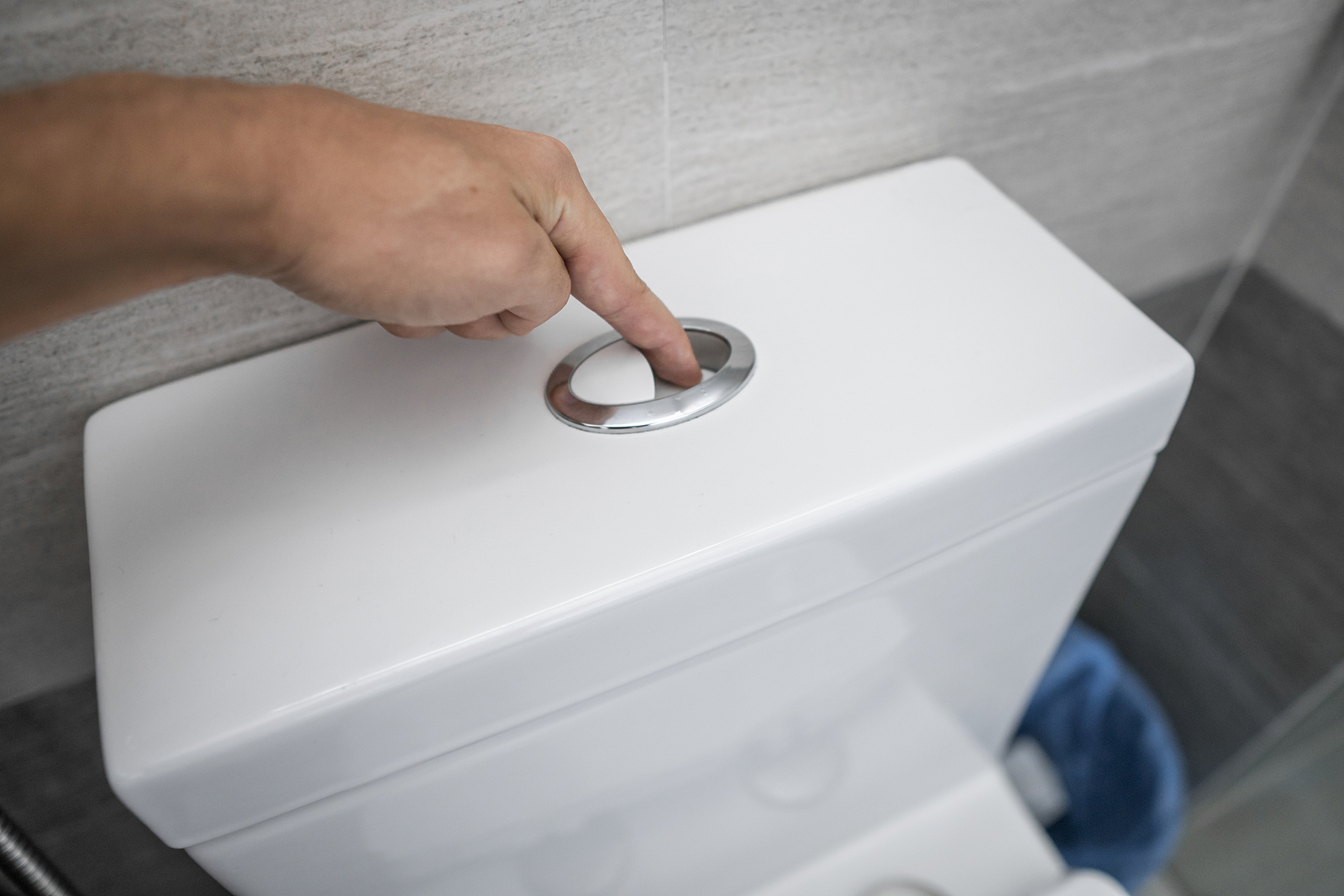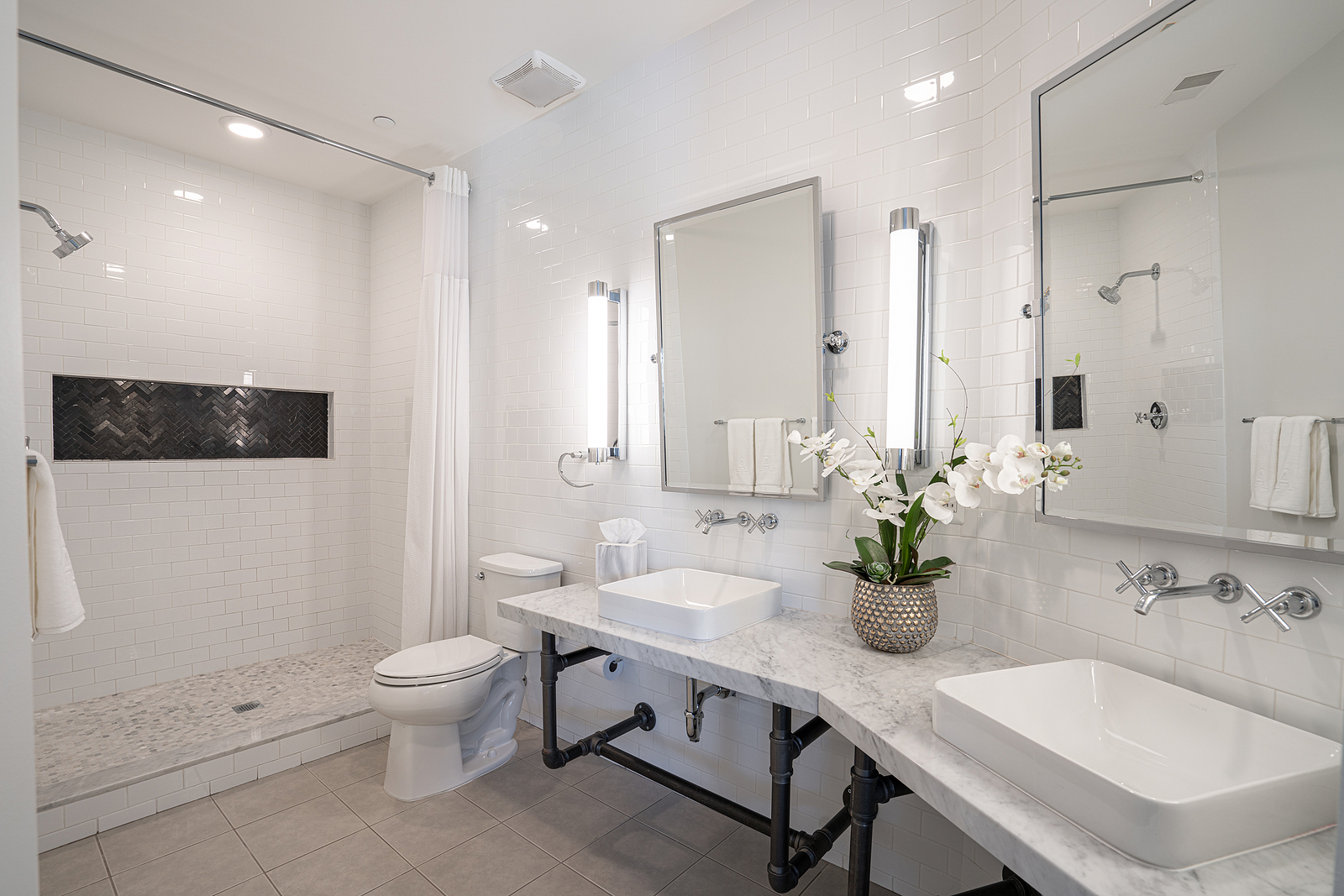

The most important part of every toilet cubicle in every washroom is the toilet itself, and over the past 250 years, the hardware and its underlying design have evolved and developed to make it more efficient, more sanitary and more versatile.
However, without the flushing toilet, which first existed in a recognisable form in 1775, washrooms would be fundamentally different.
What is perhaps somewhat shocking is that it took so long for toilets to become widespread in the form we see today, given that flushing toilets have existed in one form or another for thousands of years.
To understand what makes the modern washroom so effective, it is worth exploring why other forms of flushing toilets were less widespread, from reliance on local environmental conditions to the downfall of empires and potential acts of treason.
The Flushing Toilet Before Its Invention
The question of when the flushing toilet was invented depends on what one counts as flushing, but using the loosest definition of a toilet where water washes waste away, there were multiple parallel developments that date back over 5,000 years.
The Mesopotamians had developed clay sewer pipes, forming the first plumbing system that could take waste away from major settlements.
The existence of early flushed toilets has been found at Nippur, Eshnunna and Uruk, the former being dated to around 4,000 BC.
A similar system was found at the ancient settlement of Skara Brae on the Scottish island of Orkney, as well as in a Minoan palace on the Greek island of Crete and in various parts of the Indus Valley Civilisation.
These parallel innovations highlight a shared need, but all of them were reliant on either considerable manual work, constantly flowing water under latrines thanks to early plumbing systems or quirks of the environment. None of them endured once their respective civilisations died out.
The Rise And Fall Of The First Widespread Public Washrooms
These three were the most advanced systems before the development of Roman latrines, aided by the significant advances made to the aqueduct that allowed for some of the first public washrooms in anything close to a recognisable form.
The latrine system lasted until the fall of the Roman Empire in the fifth century AD, at which point it largely fell into disuse and disrepair outside of the Byzantine Empire of the east.
There was also what is believed to be the first manually flushing toilet, dating to around 400 BC, found in the Yueyang site in Xi’an, according to China Daily.
However, the complexity and exclusivity of the system suggest that it might have been the only example in China, as no other similar findings have yet been reported.
The Treason Of Ajax
The first truly flushing toilet, and what should have been the start of a sanitation revolution in England, was developed in 1596 by Sir John Harington, a translator, author and courtier.
His invention, known as the Ajax, was installed at his house in Kelston, Somerset, and relied on a flush valve and wash-down design to clear away waste. He would install a second one at Richmond Palace for his godmother, Queen Elizabeth I.
It worked, but what it was missing was a U-bend or S-trap that could improve hygiene and reduce the return of unpleasant smells to the washroom.
Ajax was a play on words, both a reference to “a jakes”, the popular slang for a toilet of the era, and also to the Greek hero of the same name.
He would write a book, The Metamorphosis of Ajax, which would both describe how his new invention worked and ensure that it would never be successful.
Sir John was an infamously controversial wit, known as the “saucy godson” to the Queen for his rude jokes and scandalous translations. However, in the Metamorphosis of Ajax, his satire would go too far after he insulted the Earl of Leicester within the book.
He would talk his way out of severe punishment, but the courtly dramas alongside the difficulty in making the flushing toilet ultimately delayed its widespread use for another two centuries.
The Dawn Of Sanitation
The missing link turned out to be the S-trap, a now-outdated form of plumbing trap that stopped foul-smelling gases from escaping the sewage system.
Invented by Alexander Cumming in 1775, it would quickly be implemented into homes around London with the help of famed locksmith and engineer Joseph Bramah, who developed an improved seal that stopped the toilet from freezing in cold weather.
This fundamental design, the birth of mass production thanks to the Industrial Revolution, and the implementation of a larger sewage system that could take waste away from major cities, ensured that the flushing toilet would become a fundamental fixture in every washroom in every building.




